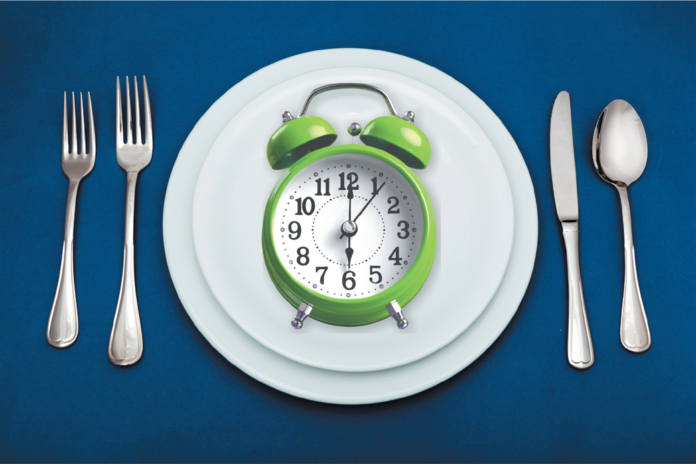Like all meals, dinner should include plenty of minimally processed plant foods (non-starchy vegetables, fruits, whole grains, nuts, and seeds) along with healthy sources of protein like beans, lentils, soy products, and seafood, as well as poultry or an occasional lean cut of unprocessed red meat.
Many people organize dinner around an animal protein, but there are plenty of tasty meals where those foods are a side or replaced by plant proteins. “Among animal options, seafood is the healthiest choice,” says Dariush Mozaffarian, MD, DrPH, dean of the Friedman School and editor-in-chief of Tufts Health & Nutrition Letter, “especially fatty or dark meat fish or shellfish. Chicken or turkey are also fine—including dark meat versions, which work better for certain recipes. If you like beef and pork (both are red meats), use these occasionally—up to once or twice per week—and avoid processed or cured versions like sausage, salami, and deli meats. (Also avoid deli chicken and turkey, which are loaded with salt and other preservatives.)”
Grains and starches should be a side dish, not the main event. “Rice, pasta, and bread are all tasty but can pack of lot of sodium and refined carbohydrate (essentially sugar),” Mozaffarian cautions. “Look at
sodium (salt) content of breads—you’ll often be amazed at the differences—
and choose lower sodium versions. And mix your starches and grains with veggies, nuts, fruits, seafood, poultry, and healthy plant-oil. Preparing and eating these together can really help lower the blood sugar rise from the carbohydrate. Also try recipes that replace white rice, potatoes, and bread with minimally processed whole grains like quinoa and barley.”
Mozaffarian considers fats and oils an important ingredient for a health meal. “In addition to their healthy fats, virgin oils like extra-virgin olive oil may contain beneficial phenolic nutrients. Other oils rich in healthy fats include soybean, canola, peanut, avocado, safflower, and corn oils. Coconut oil has been less studied; it may be a healthier choice than butter, but more science is needed. Butter is okay in moderation, for those dishes that really need it. Naturally made yogurt and cheese are good toppings—a fermented choice that might even improve metabolic health.”
Try these tips for quick, satisfying, healthy dinners:
- PLAN meals so you have healthy ingredients on hand and minimize waste.
- STOCK UP on healthy ingredients in your pantry, fridge, and freezer.
- MAKE CARB-RICH FOODS THE SIDE and mix these with fruits, veggies, nuts, plant oils, and other healthy choices.
- READ LABELS. Check packaged food labels to limit added sugars and sodium.
- SIMPLIFY. Choose recipes or meal ideas with fewer ingredients, less cooking equipment, and easy-to-follow instructions to save time.
- LEVERAGE LEFTOVERS. Re-heated foods make great quick meals. Additionally, try purposefully cooking enough for two or three meals and storing the extra in the freezer.
Plan and Stock. Cooking a healthy meal takes some planning and a pantry, fridge, and freezer stocked with healthy foods and ingredients you enjoy. Plan your week’s dinners, and, in addition to fresh foods, fill your pantry and freezer with minimally processed foods, like frozen fruits and veggies, nuts and seeds, canned and dried beans, canned tuna, salmon, and chicken, and plant oils.
Quick Cooking. Sautés, stir-fries, soups, sheet-pan recipes (where all the ingredients go in the oven on one pan), and crockpot or instant pot (pressure cooker) meals are all excellent ways to turn healthy ingredients into low-stress, low-mess meals. (See Mix it Up, Cook it Up! below) When there’s no time to cook, salads are a fantastic, satisfying, and quick option. Try mixed greens with feta or goat cheese, walnuts or almonds, dried cranberries or raisins, or apple or tangerine slices, and olive oil and vinegar. Or throw leftover veggies and proteins (canned beans and tuna or salmon are great go-tos) over greens or whole grains for an easy meal.
Whatever your level of time and effort, you can get healthy, satisfying meals on the table.

Try these tips for quick, satisfying, healthy dinners:
























